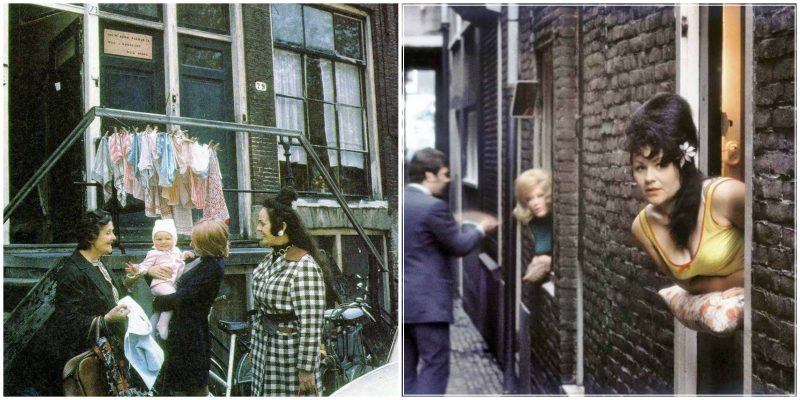Amsterdam has a long and eventful history. The origins of the city lie in the 12th century, when fishermen living along the banks of the River Amstel built a bridge across the waterway near the IJ, then a large saltwater inlet. Wooden locks under the bridge served as a dam; protecting the village from the rising IJ-waters, which often flooded the early settlement. The mouth of the river Amstel, where the Damrak now is, formed a natural harbor, which became important for trading-exchange from the larger koggeships into the smaller ships that sailed the merchandise deeper into the hinterland.
The oldest document referring to the settlement of “Aemstelredamme” (Amsterdam) ‘dam in the river Amstel’ comes from a document dated October 27, 1275 CE. Inhabitants of the village were, by this document, exempted from paying a bridge toll in the County of Holland by Count Floris V.
Take a look at the below amazing photo collection of Old Amsterdam:
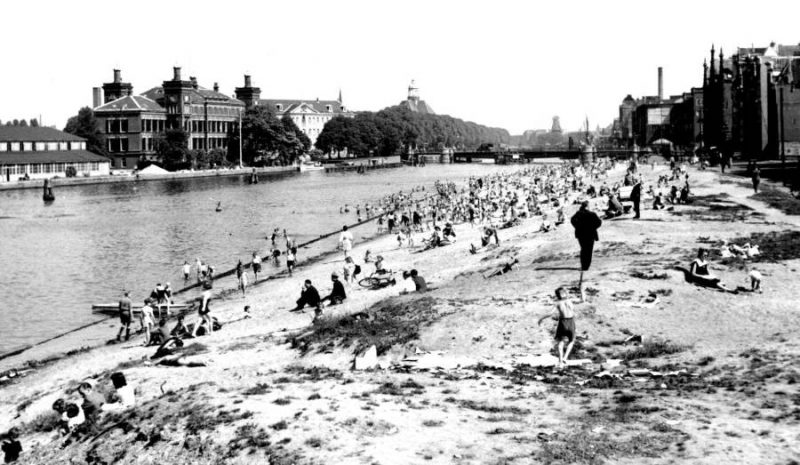
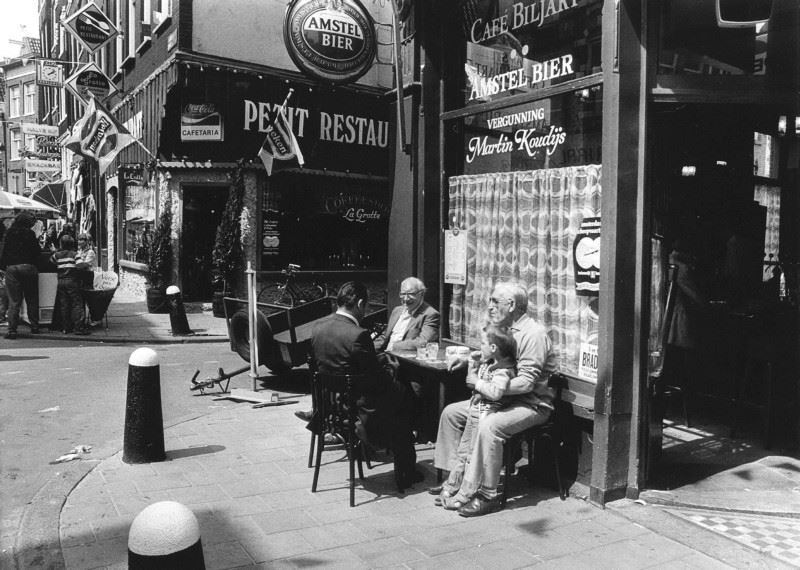
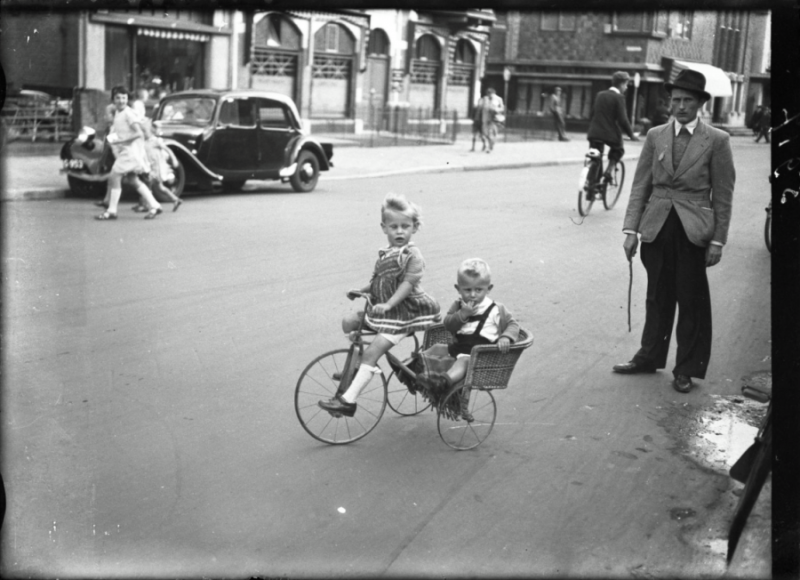
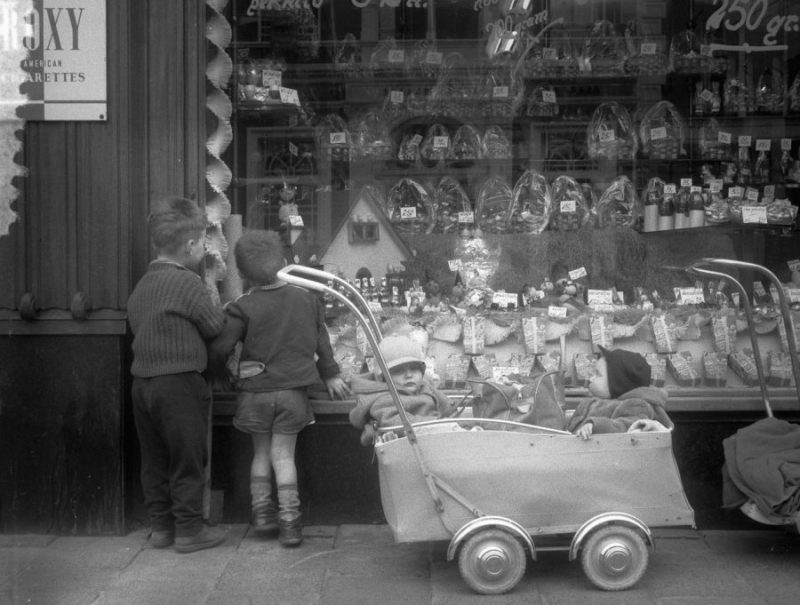
The 18th and early 19th centuries saw a decline in Amsterdam’s prosperity. The wars of the Dutch Republic with the United Kingdom and France took their toll on Amsterdam. During the Napoleonic wars Amsterdam’s fortunes reached their lowest point; however, with the establishment of the Kingdom of the Netherlands in 1815, things slowly began to improve. In Amsterdam new developments were started by people like Samuel Sarphati who found their inspiration in Paris.
At the end of the 19th century the Industrial Revolution reached Amsterdam. The Amsterdam-Rijn kanaal was dug to give Amsterdam a direct connection to the Rhine and the Noordzee kanaal to give the port a connection with the North Sea. Both projects improved communication with the rest of Europe and the world dramatically. They gave the economy a big boost.
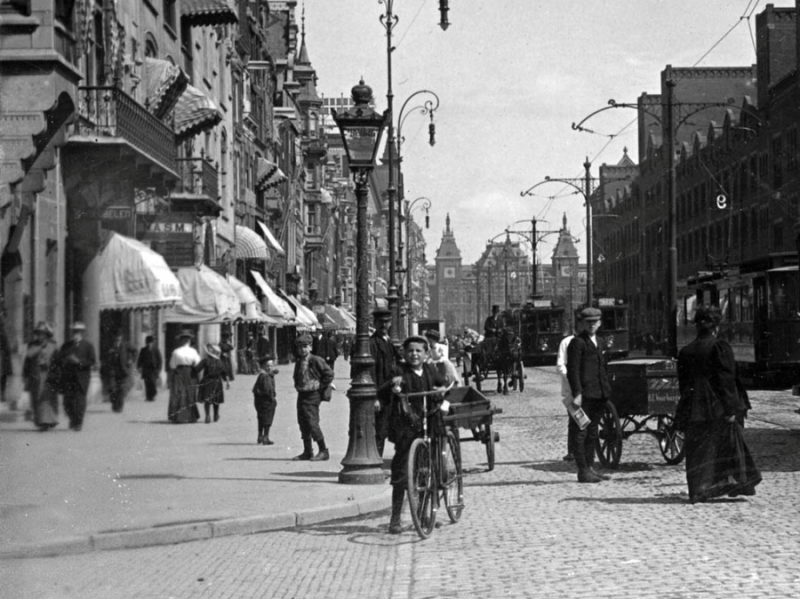
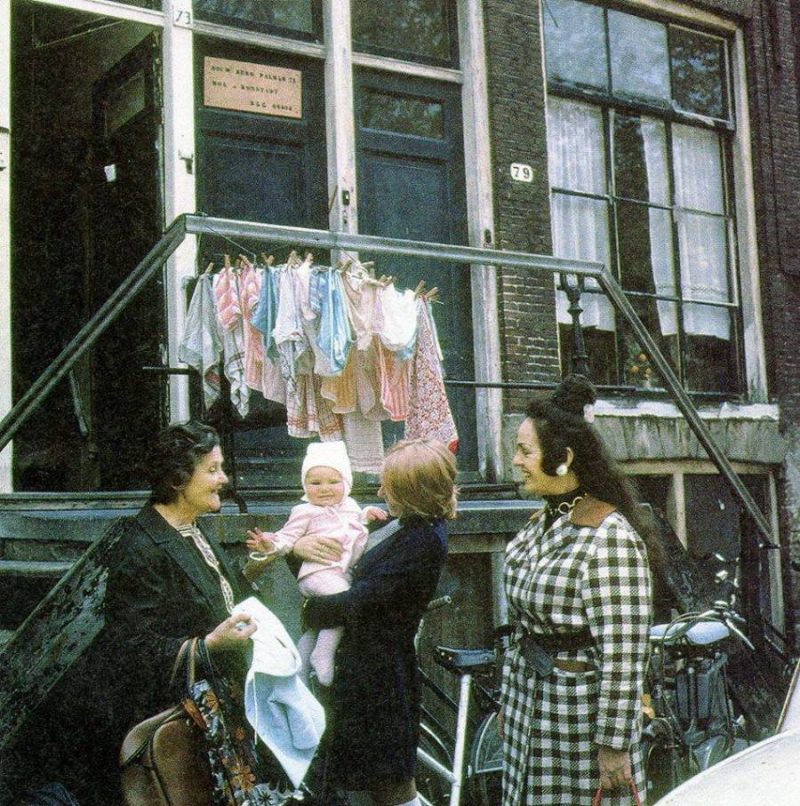
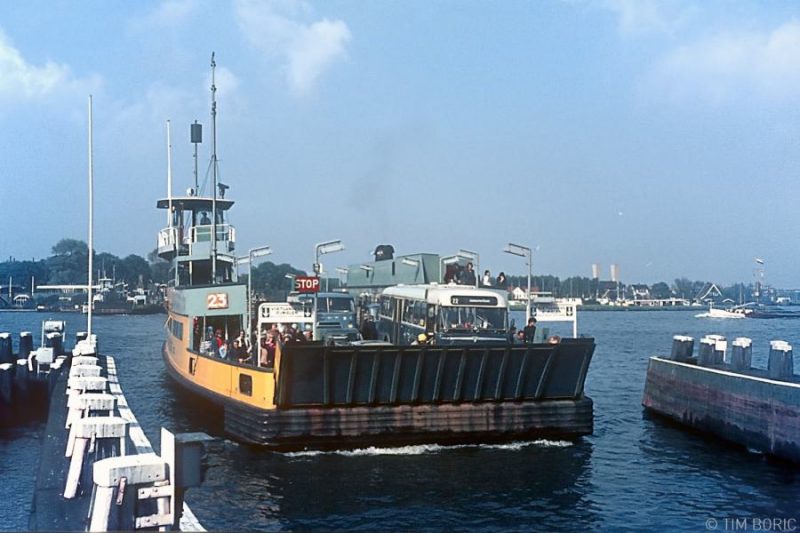
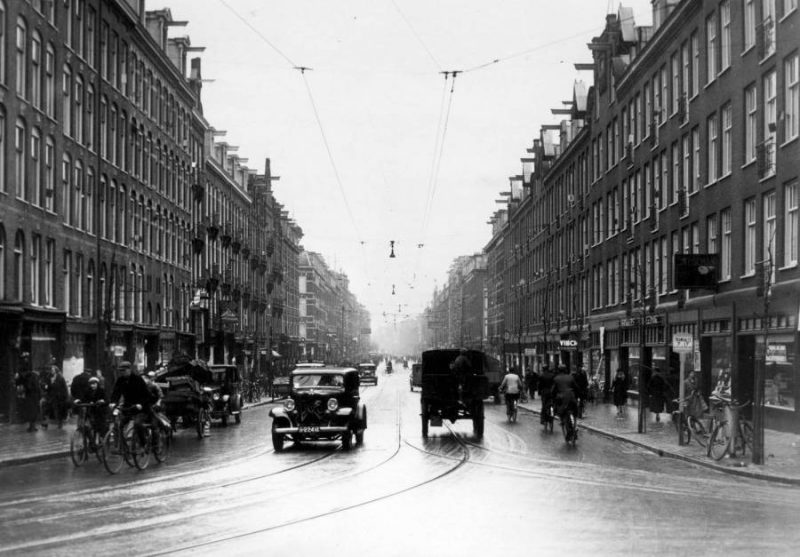
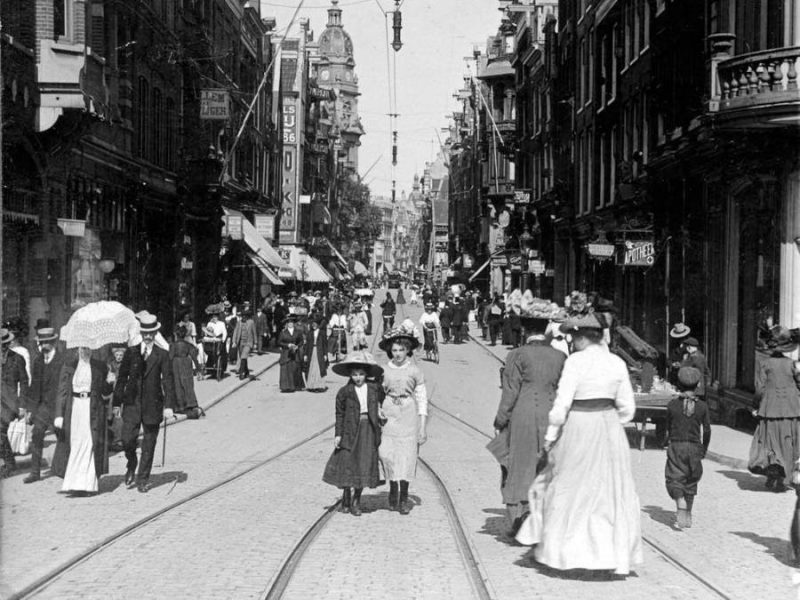
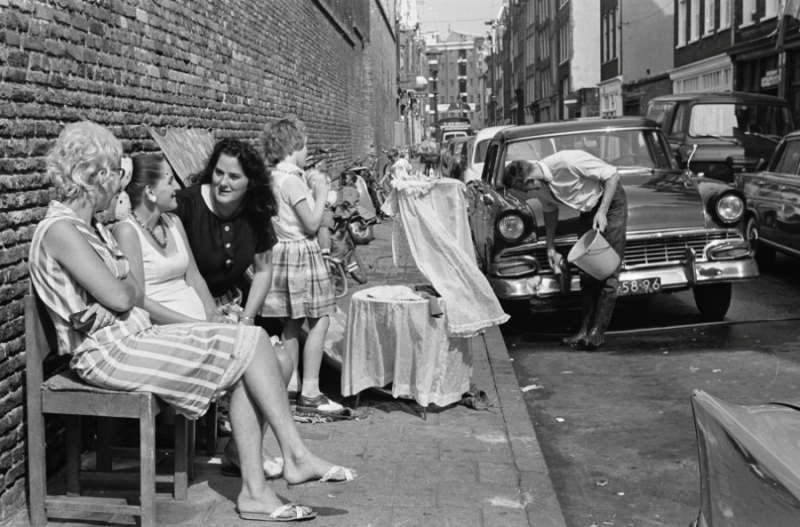
The cultural revolution of the 1960s and 1970s made Amsterdam the magisch centrum (magical centre) of Europe. The use of soft drugs was tolerated and this policy made the city a popular destination for hippies. Squatting became widespread. Riots and clashes with the police were frequent. A grim atmosphere took hold of Amsterdam. Anarchists, such as the Provos and a local political movement Kabouterbeweging, wanted to change the local society. Squatting of empty buildings and buildings used for other purposes than living led to a strong confrontation with contractors, who were aligned with the Dutch Mafia. The construction of the underground Metro under the oldest parts of the city also led to widespread protests due to the impact of the construction on heritage buildings and local residents. Amsterdam started the 1980s in an explosive manner. In 1980, while Queen Beatrix’s coronation was being held in the New Church on Dam square, protesters outside the church fought with the police in protest against government policies. Their slogan was ‘Geen woning, geen kroning’ (No house, no coronation). The mayor and city council eventually had to bring in the military to get the situation under control.
The construction of the underground Metro under the oldest parts of the city also led to widespread protests due to the impact of the construction on heritage buildings and local residents. Amsterdam started the 1980s in an explosive manner. In 1980, while Queen Beatrix’s coronation was being held in the New Church on Dam square, protesters outside the church fought with the police in protest against government policies. Their slogan was ‘Geen woning, geen kroning’ (No house, no coronation). The mayor and city council eventually had to bring in the military to get the situation under control.
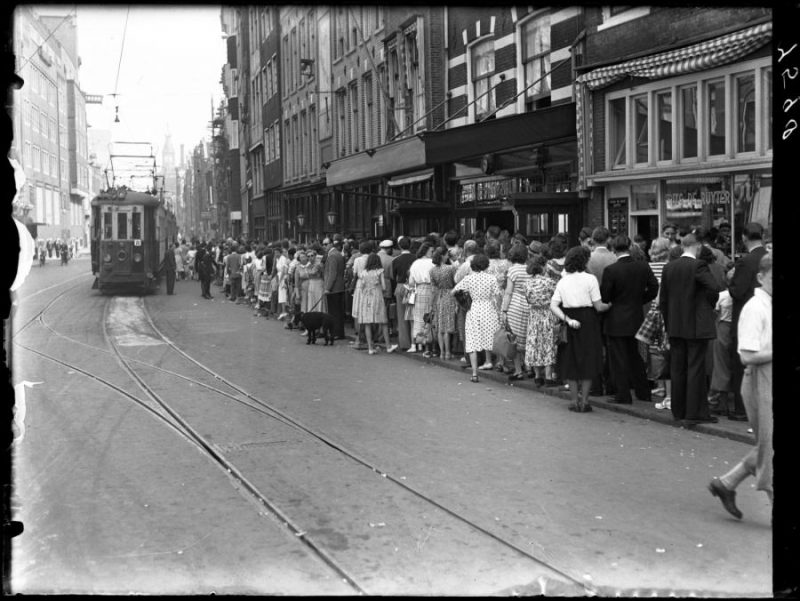
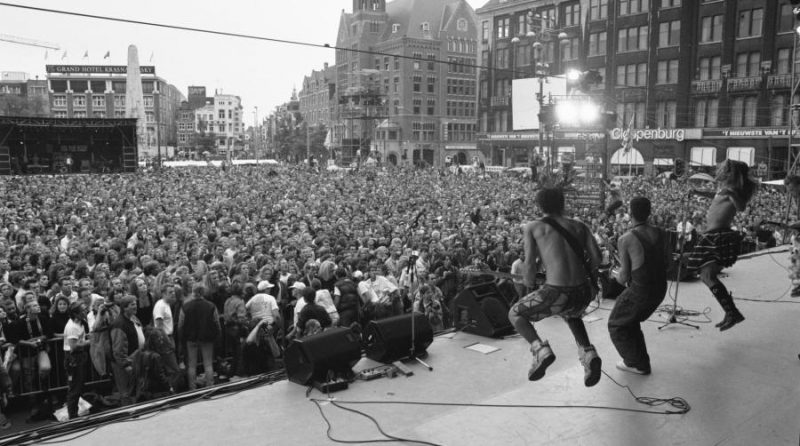
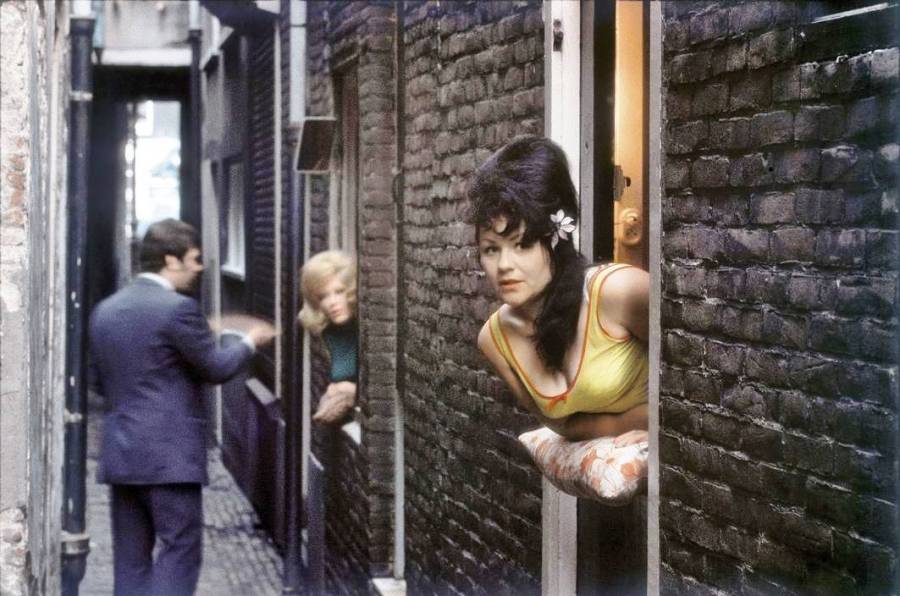
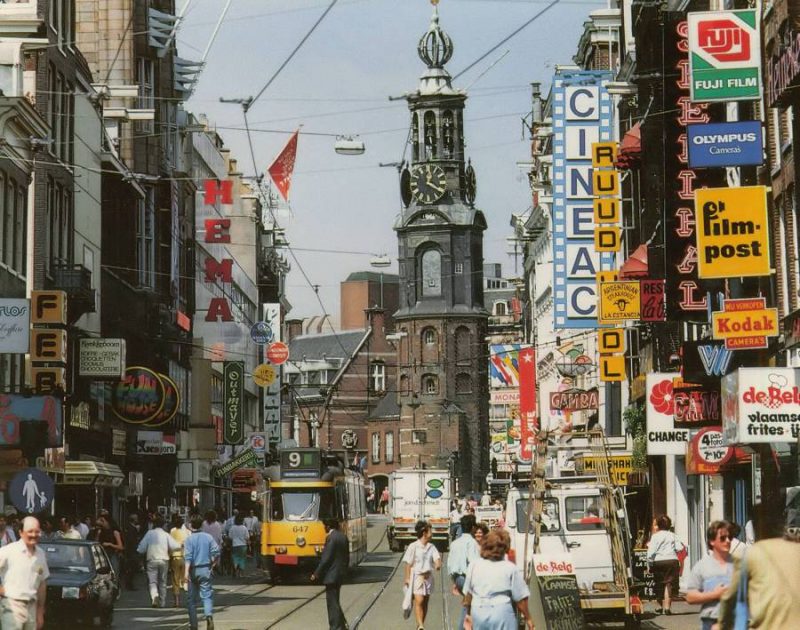
During the 1970s the number of foreign immigrants, primarily from Suriname, Turkey and Morocco grew strongly. This led to an exodus of people to the ‘growth cities’ of Purmerend, Almere and other cities near Amsterdam. However, neighbourhoods like the Pijp and the Jordaan, which had previously been working class, became sought out places of residence for the newly wealthy yuppies and students. Amsterdam that used to be a poor city in the Netherlands turned into an economically rich city thanks to the new economical trend towards a service-economy instead of an industrial economy.
In 1992, an El Al cargo plane crashed in the Bijlmermeer in Amsterdam Zuidoost. This disaster, called the Bijlmerramp, caused the death of at least 43 people.
At the beginning of the millennium social problems such as safety, ethnic discrimination and segregation between religious and social groups began to develop. 45% of the population of Amsterdam has non-Dutch parents. Large social groups are people from Surinam, the Dutch Antilles, Morocco and Turkey. Amsterdam is characterized by its (perceived) social tolerance and diversity. The social tolerance was endangered by the murder of Dutch film-maker Theo van Gogh on 2 November 2004 by a Mohamed Bouyeri, an Islamic fundamentalist. The mayor of Amsterdam, Job Cohen, and his alderman for integration Ahmed Aboutaleb formulated a policy of “keeping things together” which involves social dialogue, tolerance and harsh measures against those who break the law.
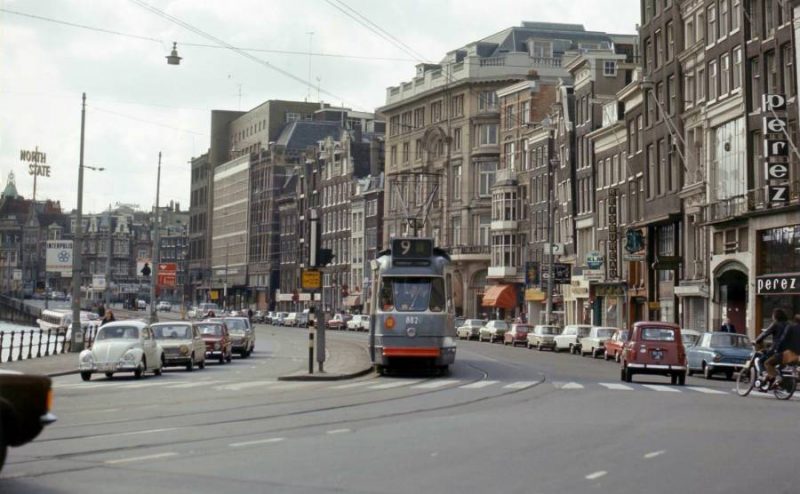
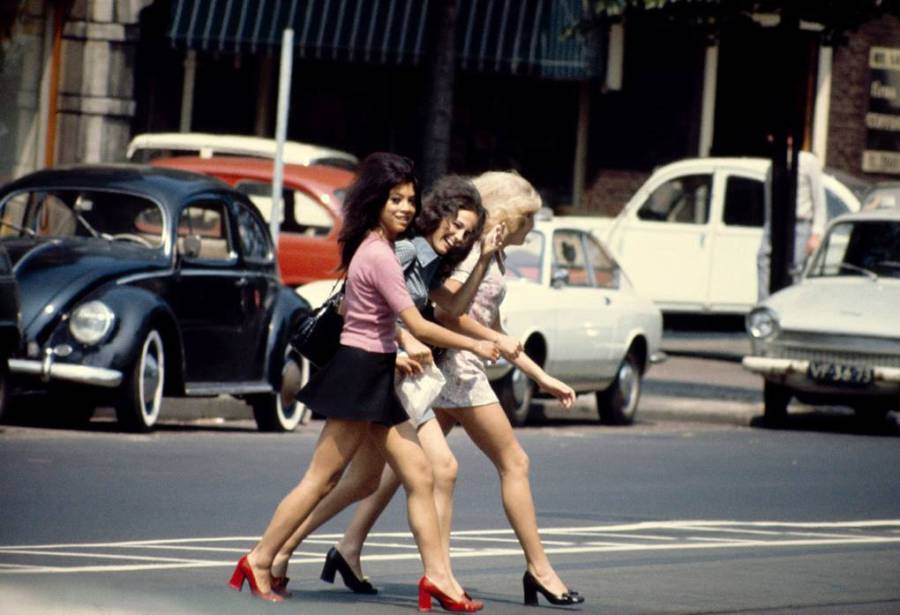
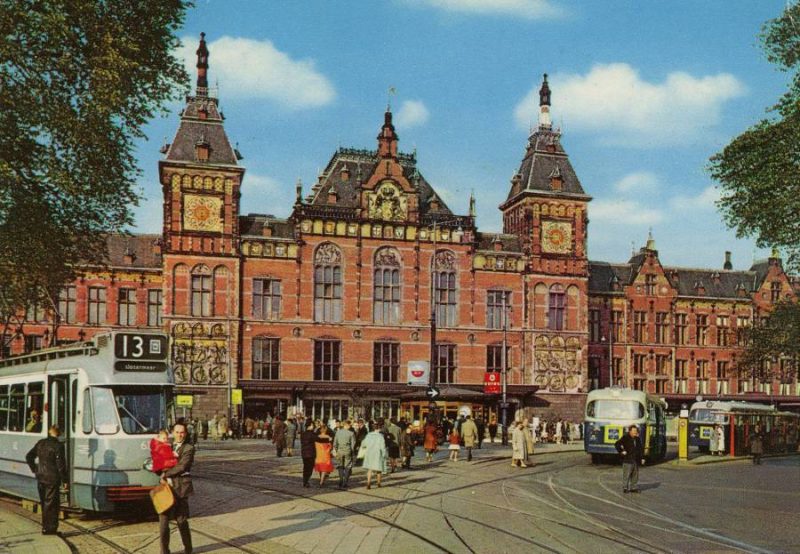
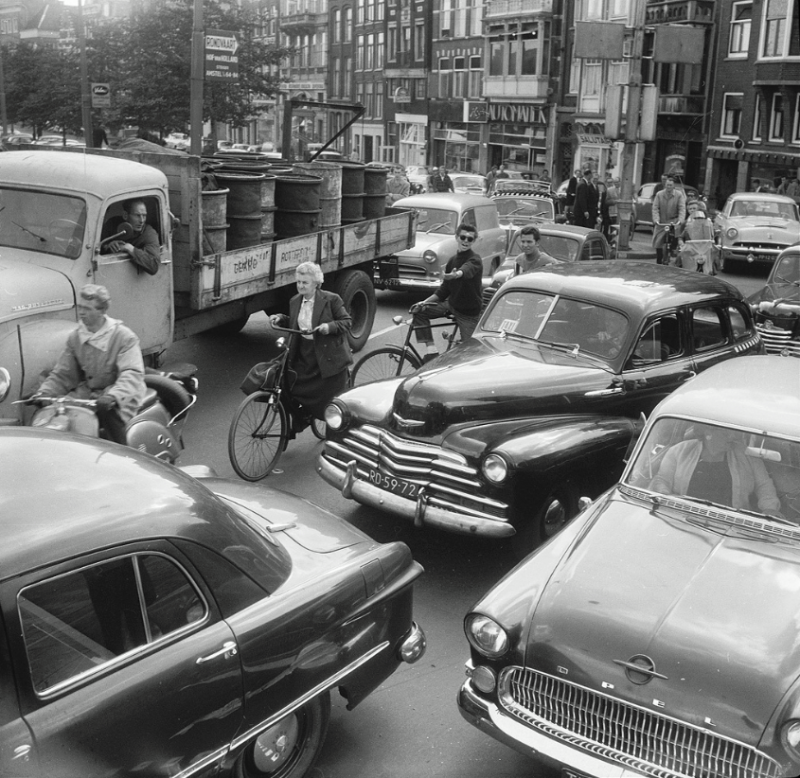
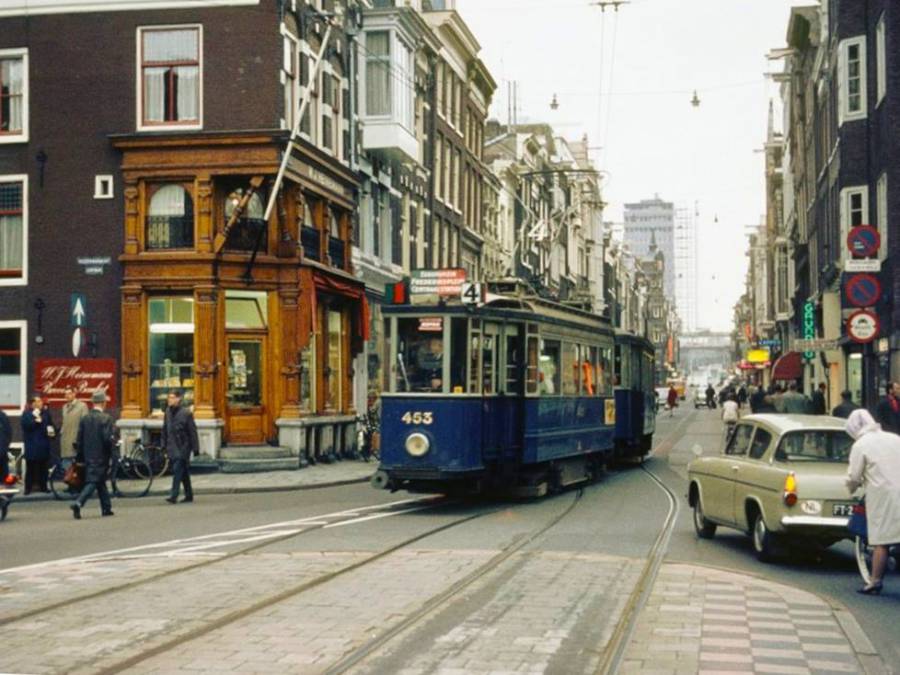
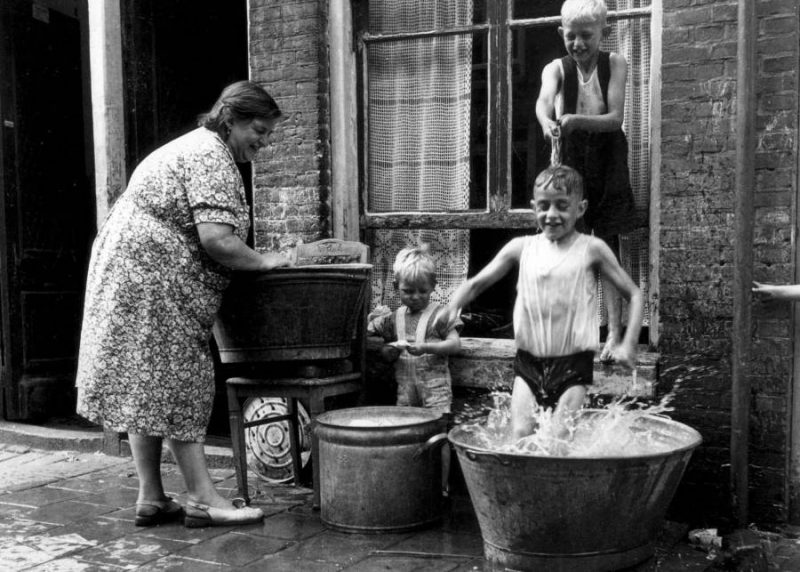
Photo Credits: Oud Amsterdam.
